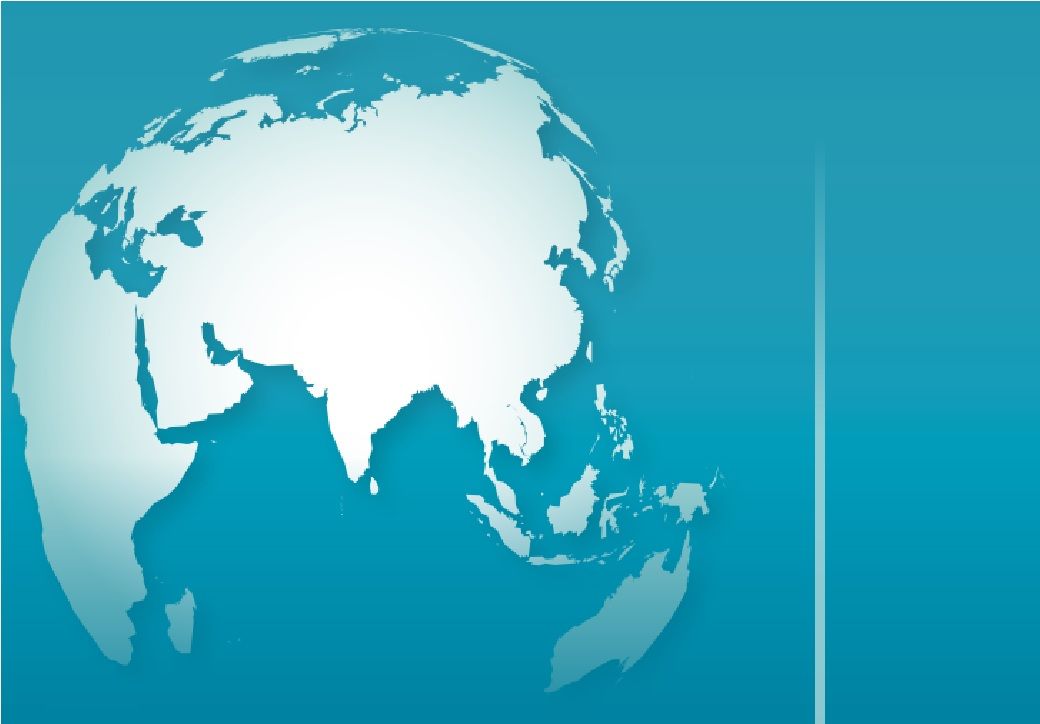
India’s growth will be underpinned by strong consumption growth, improved agricultural output and rural wage growth.
Reforms to promote trade openness and technology adoption could help the South Asian region create jobs and catalyse growth, the World Bank noted, downgrading the fiscal 2026-27 (FY27) forecast for India, partly due to higher tariffs on exports.
The update is published twice every year.
The latest 2026 growth projection is a downward revision of 0.6 percentage point (pp) from the April forecast. Downside risks include spillovers from the global economic slowdown and uncertainty around trade policy, socio-political unrest in the region and labour market disruptions posed by emerging technology.
“South Asia has enormous economic potential and is still the fastest growing region in the world. But countries need to proactively address risks to growth,” said Johannes Zutt, World Bank vice president for South Asia in a release.
“Countries can boost productivity, spur private investment, and create jobs for the region’s rapidly expanding workforce by maximizing the benefits of AI and lowering trade barriers, especially for intermediate goods,” he added.
South Asian countries rank among the least open to international trade and finance. The region’s high tariffs protect sectors where employment opportunities are shrinking.
High tariffs also severely impede the manufacturing sector, which faces tariffs on intermediate goods—components and raw materials needed for production—that are more than double those in other emerging market and developing economies.
On the other hand, sectors with lower tariffs, such as services, have accounted for three-quarters of employment growth during the past decade. Carefully sequenced tariff reductions, especially in the context of broader free trade agreements, could help boost private investment, increase competitiveness, and generate significant employment opportunities.
The document also recommends harnessing the potential of artificial intelligence (AI) to boost productivity and incomes. AI could also bring substantial productivity gains, especially in sectors that have strong potential for AI to complement humans, it noted.
In Bangladesh, growth is expected to continue to accelerate to 4.8 per cent in FY26 and 6.3 per cent in FY27, as political uncertainty eases and investment picks up.
In Sri Lanka, the forecast has been upgraded to 3.5 per cent in 2026, while the forecast for Bhutan for FY26 has been downgraded to 7.3 per cent due to hydropower construction delays, but is expected to reverse as construction speed picks up in FY27.
In Maldives, growth is projected to slow to 3.9 per cent in 2026, driven by growing foreign exchange pressures. In Nepal, recent unrest and heightened political and economic uncertainty is expected to cause growth to decline to 2.1 per cent in FY26.
ALCHEMPro News Desk (DS)
Receive daily prices and market insights straight to your inbox. Subscribe to AlchemPro Weekly!